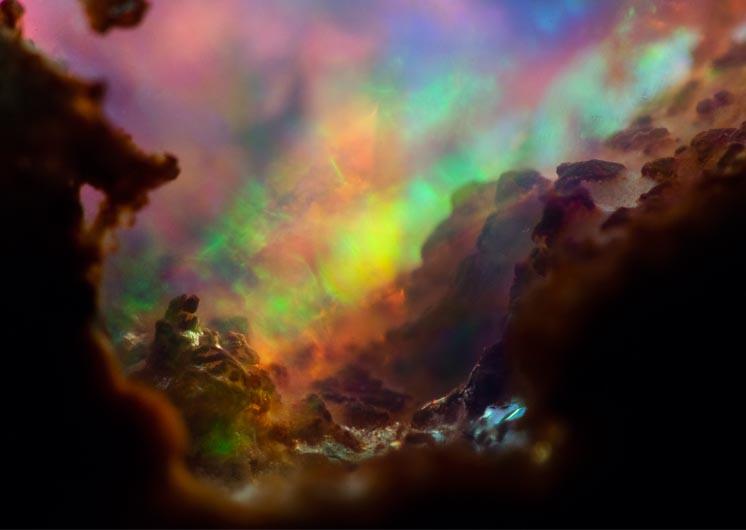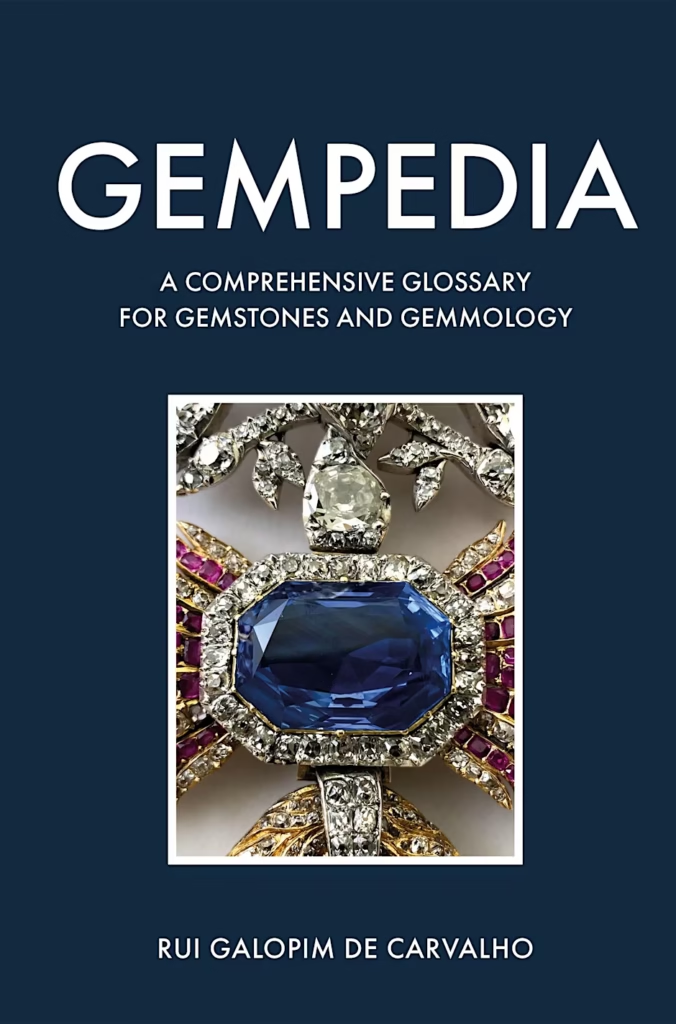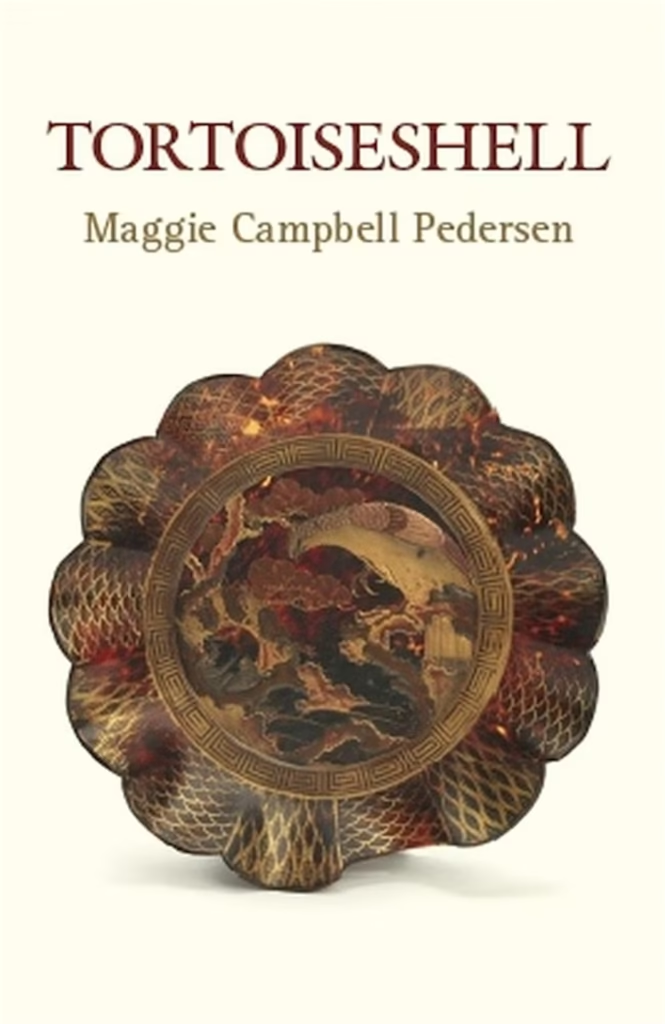
Are you fascinated by a career that utilises a gemmology skill set? Or perhaps you have completed your Gem-A Gemmology Diploma and want to know what’s next? Take a look at our guide to the opportunities open to gemmologists… you may be surprised!
At Gem-A, we know that people join our courses for a whole variety of reasons. Some are jewellery designers or retail sales associates who want to enhance their knowledge. There are those who are fascinated by the science of diamonds and gemstones, or attracted to a career in antiques, valuations or jewellery history. Others are simply passionate about coloured gemstones and want to quench their thirst for more information.
Whichever category they fall into, many of our students ask us the same question, “What can I do with my qualification?” The Gem-A Gemmology Diploma and Gem-A Diamond Diploma are globally recognised qualifications that can set you apart from the rest in competitive fields. The skills you learn in our courses can be a useful springboard into a variety of professions or can elevate you to the next level in your current field.
5 Exciting Career Paths for Gemmologists
If you need some inspiration, take a look below to see five career paths for those with Gem-A qualifications. You may be surprised by the breadth and variety of routes you can take…
Art Historian
Gemstone trading routes, ancient jewellery design techniques and fabulous art objects are just as culturally and historically significant as they are beautiful. With a confident knowledge of gemstones, you will be able to have a further insight into this fascinating portion of history. Take for example the relationship between the Russian Imperial family, Fabergé and the famous Fabergé Imperial Easter Eggs, or perhaps the Maharajahs of India and their close ties to luxury jewellery houses in the 1920s and 1930s. All of these subject areas are greatly enhanced with an understanding of gemmology and gemstones.
Photography and Photomicrography
If you are creative and scientific in equal parts, you will no doubt love the miniature world of photomicrography. This art of capturing the world inside gems requires patience, talent and plenty of experience with gemstones. If you prefer the bigger picture, an understanding of gemstones, gem mining and the trade in precious gemstones worldwide could lead you to photograph mine sites and miners, or document your experiences for media outlets, journals and scientific papers. In fact, there are a whole host of marketing, PR and communications opportunities in our sector that benefit from gemmology qualifications.

A photomicrograph of the interior of an opal by Danny Sanchez. Image courtesy of Danny Sanchez.
Expert Jewellery Valuer
How can you know if a ring is valuable if you can’t identify the stone in its setting, or spot any treatments that might impact its value? Expert jewellery valuers are relied upon by insurance companies, auction houses and private clients to create accurate assessments of their pieces. This career path also offers lots of opportunity for future development and a close-knit community of fellow professionals. Take a look at the Institute of Registered Valuers for more insights.
Lapidarist and Gem Carver
Perhaps your interest in gemstones will lead to a career in gemstone cutting and carving? Becoming a skilled lapidarist requires practice, but once you have mastered the art you will be able to supply cut gemstones to jewellers, private clients or collectors. Or, if you want to go one step further, you can step into the world of artistic gemstone carving, inspired by the likes of Erwin Pauly, John Dyer, Herbert Klein and Michael Peuster.
Gemstone Researcher and Academic
If you feel more at home in the laboratory or in the classroom, you may choose to follow a more scientific route with your Gem-A Gemmology Diploma. Our global understanding of gemstones is always changing, with new deposits, new treatments and the expanding laboratory-grown diamond market challenging our expectations and requiring further study. A good grasp of gemmology is complimentary to a wide variety of specialist subjects like geology, mining and scientific engineering. Don’t believe us? NASA turned to gemmology to simulate the surface of Mars for its InSight Lander.
Did you know?
As a qualified Gem-A gemmologist, you will have a real understanding of the subject matter and an ability to identify gemstones using hand-held equipment – an incredibly useful skill in many situations. Students that continue their training with FGA and DGA Membership are trusted and recognised as expert gemmologists worldwide. To find out more, follow this link.
To read some interesting career case studies and find out more about studying with Gem-A, please click here.
Find out more about our courses by contacting education@gem-a.com.


